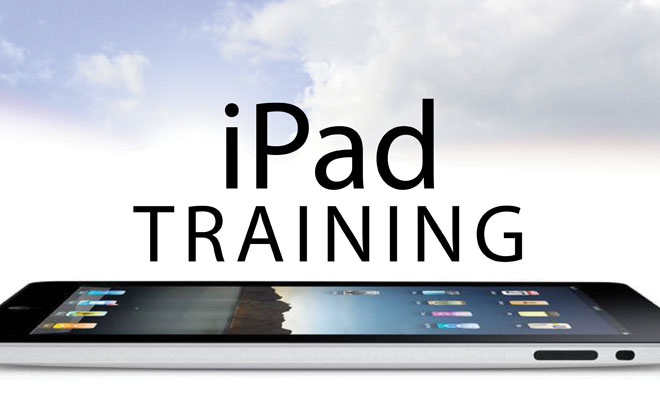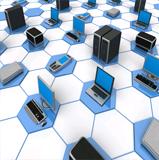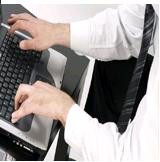Networking Basics - Certifications - Windows 7 - Windows 8 - Home Network Setup - Wireless Setup :: About - Contact - Search
Computer Networking Device
|
This page will show you what a computer networking device does on your network and when to use it. |
1.) Intro >
2.) Network Devices (You are here) >
3.) Home Network Wiring Cable Modem or DSL Modem>
4.) Home Router Configuration >
5.) Windows Configuration
Router
The most important computer networking device you will need to setup a home network is a router. This device is the gateway between the Internet and your private home network. It routes traffic to the Internet and allows access to all your network devices. Your home router acts as a DHCP server and hands out IP addresses to all devices that are connected to it. A typical home router has 4 Ethernet ports and one WAN port for connecting your DSL/Cable modem.
In this tutorial we will be using a Linksys router Model: BEFSR41. Which ever home router you use is fine because they are all similar in function.
Switch
A switch allows you to easily connect multiple computers and other network devices together. Home networking switches usually come with 4-ports, 8-ports and 12-ports. You simply connect an Ethernet cable from your computer’s network interface card (NIC) to one of the switches ports and it can communicate with any other connected device if it has the right IP settings. You can connect a switch to one of the router’s LAN ports and it automatically extends your network. A 100Mbps Ethernet switch is more than enough speed for a normal home network or SOHO (Small Office/Home Office).
The Linksys router we will be using has a built-in 4 port switch. Look at the picture of the Linksys router below (the black and blue device)
A hub is not worth mentioning in this article because of the low cost of a switch these days and their advance capabilities compared to a hub.
Network Cable
You will need network cables to connect your computers to the router and switch. You will need straight through patch cables. You will also need network cables to connect the DSL/Cable modem to the router’s WAN port. Here is a tutorial on how to create your own network cable!
Ethernet Network Adapter
Usually your desktop will have an embedded Ethernet network adapter on its motherboard. You can check the back of your desktop or laptop and see that it looks similar to a phone jack but wider. If not, then you can install one by opening the case of your desktop and installing one into the PCI slot of the motherboard. I recommend you use a USB Ethernet adapter for a desktop or laptop because it is a much easier installation.
USB Ethernet adapter
A faster and easier way to install an Ethernet adapter would be to use a USB Ethernet adapter. This computer networking device is the popular choice when in need of a NIC port. This type of adapter comes with a CD that has easy to follow instructions on how to install the device. You simply plug and play.
Notebook adapter
Most laptops today bring a built-in network adapter port. In the rare case that you need one, you can install a USB Ethernet adapter or a PCMCIA network card.
Below you can see how these network devices look.......
Now you are ready to continue setting up a home network......
Return from Computer Networking Device to Setting up a Home Network
Return from Computer Networking Device to homepage of Computer Networking Success
"Didn't find what you were looking for? Use this search feature to find it."

1















New! Comments
Have your say about what you just read! Leave a comment in the box below.